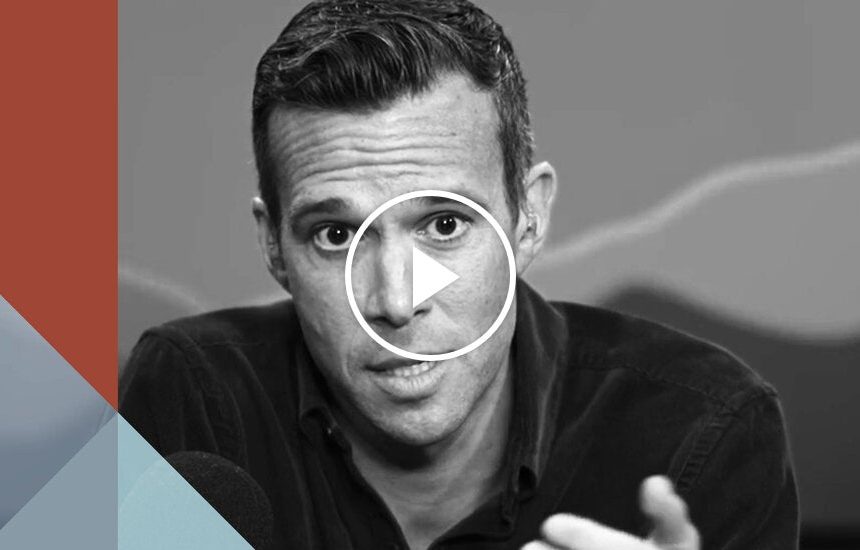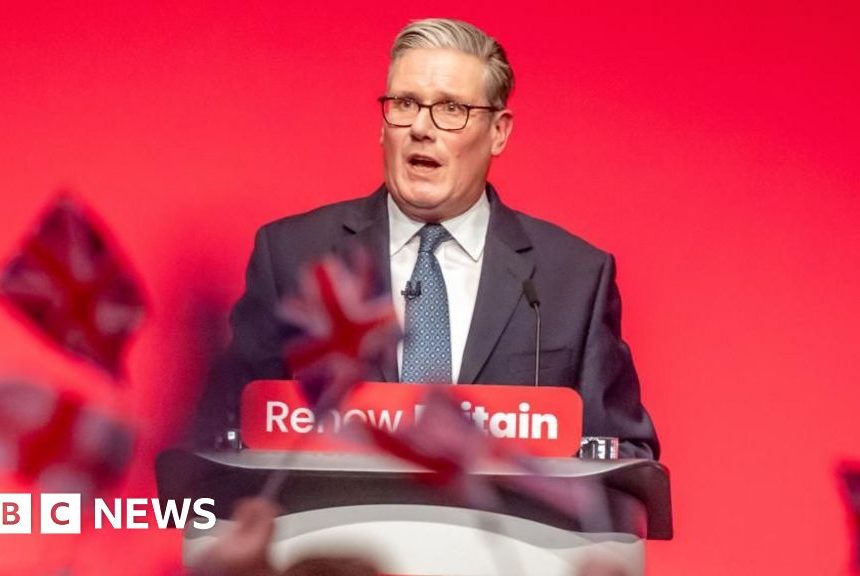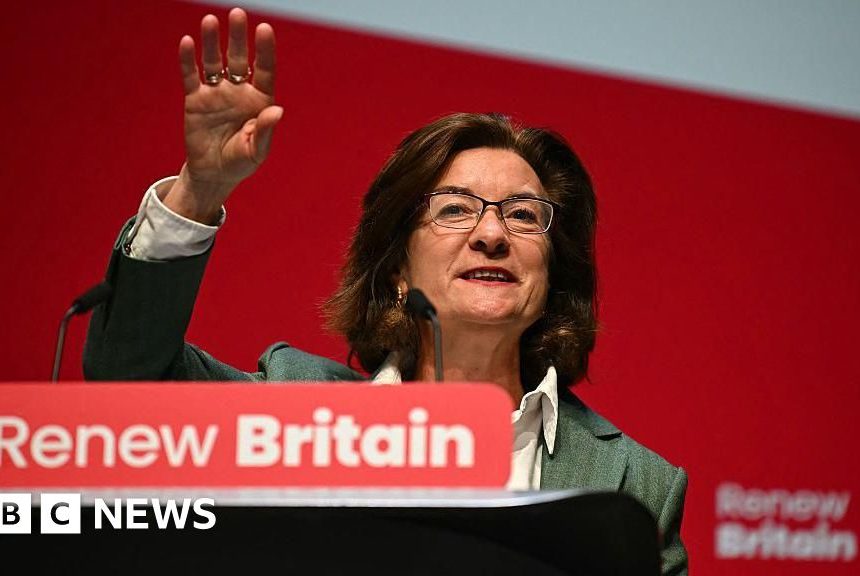It’s amazing how much of my life has been shaped by Crumpsall when I think about it. Which I hadn’t until last Thursday, and the horrific attack on the Heaton Park synagogue. Crumpsall is a small area of north Manchester, 1.2 sq miles with a population of 18,000. When I became seriously ill at the age of nine I was initially taken to Crumpsall hospital. When I finally went back to a special school two years later, it was Crumpsall Open Air; when I went to synagogue, it was Higher Crumpsall.
For many years, I took Crumpsall for granted at best, or dismissed it. It was associated with some of the most painful parts of my life (illness) and my least favourite (religion). I preferred to talk about Cheetham Hill, less than two miles away, because it seemed cooler and more secular, though in reality it was often impossible to separate the two neighbouring areas. Ironically, and stupidly, I also preferred Cheetham Hill because it seemed more street; more dangerous.
I moved away from Manchester to university in Leeds and then to London decades ago. My parents continued living in a middle-class Jewish suburb called Broughton Park, within a mile of where they had both grown up. It seemed suffocatingly insular to me. And then when my sister and I moved away, they downsized to a home a couple of roads away. When Dad died nearly 20 years ago, Mum stayed there in her tiny house in her tiny close.
For a long time I couldn’t bear going there. It felt so claustrophobic, physically and socially. I always wondered why she stayed there. However much I loved her (and believe me I adored her), I was snobbish about where she lived, and thought she deserved a bigger, better world. She was a fish out of water in the close – an observant but largely secular Jew (if that’s not a contradiction) living among a largely Hassidic community. The area had become more and more religious over the decades – or as we Jews called it, frummer and frummer.
But what did I know about smallness and insularity? In the final few years of Mum’s life, I spent more and more time in the house, both with her and without her. When she was in hospital with various ailments, I often stayed there alone while visiting her. And when she was back home recovering, I stayed there because I wanted to be with her.
I began to love both the house and the community. Or should I say communities. In the decades I’d been away, more and more Muslims had moved into Crumpsall and Cheetham Hill. They did not displace Jews, they lived largely separate lives, peacefully side by side. It wasn’t just different religions, it was different degrees of religion. So ultra-frum Jews lived along frum and not-so frum Jews, and likewise ultra-frum Muslims lived alongside frum and not-so frum Muslims. Rainbows within rainbows. Far from being the shtetl that my parents’ generation thought it was, Crumpsall/Cheetham Hill was fantastically, cinematically diverse. (It really would be a wonderful location for a movie.)
Of the 18,000 people who live in Crumpsall, just under 10,000 are Muslim, 1,000 are Jewish and 4,000 are Christian. In the 2021 census, 0.5% of the English and Welsh population identified as Jewish, while 6.5% identified as Muslim. So both the Jewish and Muslims populations of Crumpsall are roughly 10 times the national average. Alongside the 4,600 residents born in the Middle East and Asia (roughly 25%), more than 1,000 came from Africa. Affluent areas bordered on some of the most impoverished in the country.
There’s a Tesco about five minutes’ walk away from Mum’s old house. It’s huge and I’ve never seen a supermarket that caters for so many cultures. Mum used to wonder why I spent so much time there, or wandering along Cheetham Hill. I told her I found it inspirational – all classes, religions and races going about their business under the one grey sky. I couldn’t get over my belated discovery – that the place I’d dismissed as parochial was one of the greatest melting pots on the planet.
And, five days after the terror attack, it still is. While politicians and men of God and populist journalists try to sow division in Crumpsall, while they tell us that the attack was an inevitable result of the British government’s recognition of Palestine as a state, or its refusal to clamp down on demonstrations about the genocide in Gaza, or its failure to police synagogues, it’s important to remember that this grotesque attack was an outlier. It was the actions of a single man (though others have been arrested in connection with the incident), not one community waging war on another as some would have us believe.
after newsletter promotion
Crumpsall was, and is, a model community. To an extent, the suburb is its own peaceful two-state solution in miniature. And it’s just had a horrible but temporary setback. These are terrifying times for Jews and Muslims in Crumpsall and the world at large. Manchester responded to the Arena terror murders of 2017 in the best possible way – a colony of defiant bees united in its common humanity. Love trumped hate hands down. It must do so again for Crumpsall.
-
Simon Hattenstone is a Guardian features writer
-
Do you have an opinion on the issues raised in this article? If you would like to submit a response of up to 300 words by email to be considered for publication in our letters section, please click here.


